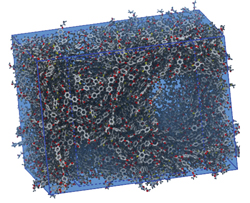Engineering is based on the fundamental sciences of mathematics, physics, and chemistry. In most cases, engineering involves the analysis of the conversion of energy from some source to one or more outputs, using one or more of the basic principles of these sciences. Solid mechanics is one of the branches of physics which, among others, contains three major sub branches: kinematics, which deals with the study of relative motion; statics. Which is the study of forces and moments, apart from motion; and kinetics, which deals with the action of forces on bodies? The combination of kinematics and kinetics is referred to as dynamics. A mechanism is a mechanical device that has the purpose of transferring motion and/or force from a source to an output using the dynamics rules.
This course describes the appropriate mathematics, kinematics, and dynamics required to accomplish mechanism design.
The course mainly consists of the following topics:
- Chapter 01 - Introduction To Kinematics And Mechanisms
- Chapter 02 - Introduction To Kinematic Synthesis: Graphical And Linear Analytical Methods
- Chapter 03 - Kinematic Synthesis Of Linkages: Advanced Topics
- Chapter 04 - Curvature Theory
- Chapter 05 - Dynamics Of Mechanisms: Advanced Concepts
- Chapter 06 - Spatial Mechanisms-With An Introduction To Robotics

